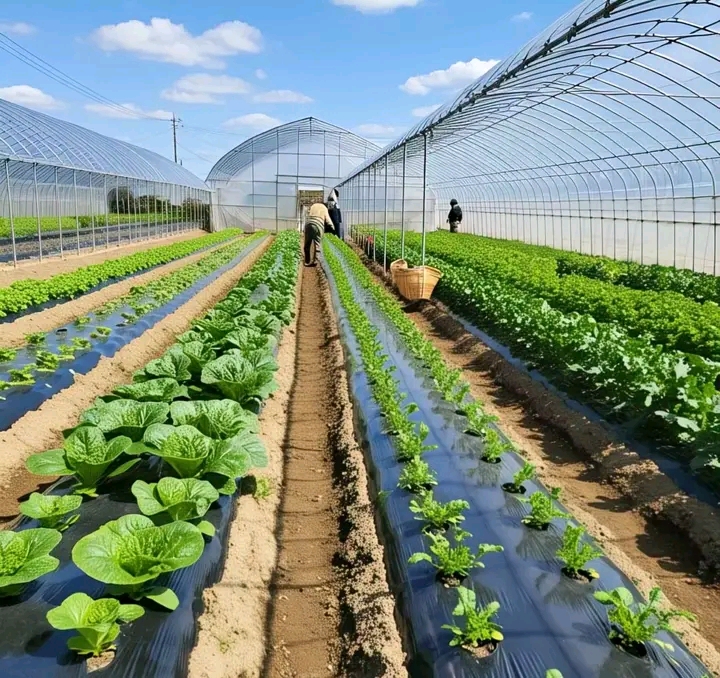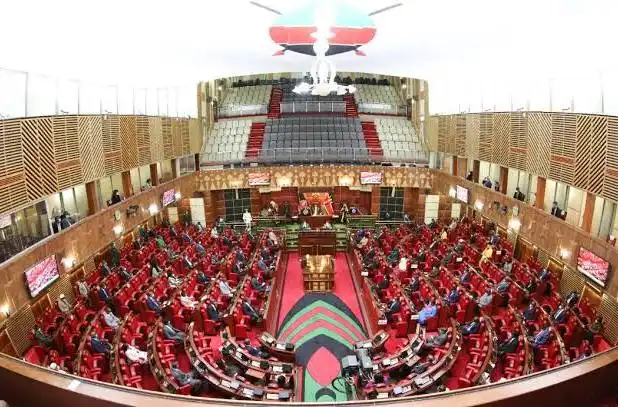Agriculture has always been the backbone of human civilization, providing food, raw materials, and employment for billions of people worldwide. As global populations continue to rise and climate change poses new challenges, the agricultural sector faces the urgent task of producing more food with fewer resources while ensuring sustainability for future generations. Modern agriculture is undergoing a significant transformation, driven by technology, environmental concerns, and the need for food security.
Importance of Agriculture in Society
Agriculture is more than just growing crops and raising animals. It supports entire economies, particularly in developing nations where farming is the main source of livelihood. Millions of families depend on agriculture for income, food, and survival. Beyond food production, agriculture supplies raw materials for industries such as textiles, biofuels, and pharmaceuticals. In many regions, agriculture also shapes culture and traditions, making it an essential aspect of human identity.
Challenges Facing Agriculture
Despite its importance, agriculture faces several challenges. Climate change has caused unpredictable weather patterns, droughts, and floods that disrupt food production. Soil degradation and deforestation reduce the land available for farming, while water scarcity limits irrigation. Additionally, pests and diseases continue to threaten crops and livestock, leading to losses in productivity.
Population growth adds pressure to the system. By 2050, the world’s population is expected to reach nearly 10 billion, requiring agricultural production to increase by about 60% to meet demand. This need places immense strain on natural resources, which are already under stress.
Role of Technology in Agriculture
One of the most promising solutions to these challenges is the use of modern technology. Precision farming, for instance, uses data from satellites, drones, and sensors to monitor crops and soil conditions. Farmers can apply fertilizers, water, and pesticides more efficiently, reducing waste and environmental damage.
Smart irrigation systems conserve water by supplying it only when needed. Automated machinery and robotics reduce labor costs while increasing productivity. Genetic engineering and biotechnology are creating crop varieties that are resistant to drought, pests, and diseases. These innovations help ensure food security in a world where resources are limited.
Digital agriculture is another growing trend. Farmers are now using mobile apps, artificial intelligence, and blockchain technology to access weather forecasts, market prices, and transparent supply chains. Digital platforms allow farmers to connect directly with consumers, reducing middlemen and increasing profits.
Sustainable Farming Practices
Sustainability is now at the center of agricultural discussions. Sustainable agriculture involves practices that meet current food needs without compromising the ability of future generations to meet theirs. Techniques such as crop rotation, organic farming, and agroforestry protect the soil and promote biodiversity.
Reducing the use of chemical fertilizers and pesticides minimizes pollution and health risks. Composting and using natural fertilizers improve soil fertility. Farmers are also encouraged to practice conservation tillage, which reduces soil erosion and maintains moisture.
Livestock farming is being reimagined to lower greenhouse gas emissions. Many farmers are adopting rotational grazing and better feed management to improve efficiency while reducing environmental impact. Climate-smart agriculture—an approach that integrates sustainability with resilience—is gaining attention as a way to adapt farming systems to changing weather conditions.
Agriculture and Food Security
Food security means having reliable access to affordable, nutritious food. In many parts of the world, hunger remains a serious issue. Agricultural development plays a critical role in solving this problem. By increasing productivity and improving distribution systems, farming can help eliminate food shortages.
Governments and international organizations are investing in rural development, providing farmers with access to credit, training, and markets. Empowering smallholder farmers, especially women, is key to boosting production and ensuring food reaches those who need it most.
International food trade also plays a major role in food security. Countries that cannot grow enough food rely on imports from regions with surplus production. However, trade disruptions caused by conflicts, pandemics, or natural disasters highlight the need for stronger, more resilient food systems.
The Role of Youth in Agriculture
The future of agriculture also depends on the involvement of young people. Unfortunately, many youths view farming as outdated or unprofitable. However, with modern technology, agriculture is becoming more innovative and appealing. Encouraging young entrepreneurs to engage in agribusiness, value addition, and digital farming platforms can transform agriculture into a profitable and sustainable career path.
Programs that provide training, mentorship, and financial support for youth in agriculture are vital. Young people bring creativity, technological skills, and fresh ideas that can revolutionize farming practices and make agriculture more competitive in the global economy.
Global Cooperation and Policies
Agriculture is a global concern, and international cooperation is vital. Trade policies, research collaborations, and investments in agricultural technology are helping countries share knowledge and resources. Governments must create supportive policies that promote sustainable farming, protect farmers’ rights, and encourage innovation.
Public-private partnerships are also crucial. Collaboration between governments, research institutions, and agribusiness companies can accelerate innovation and bring solutions to scale. Climate finance and green investments will ensure that farmers, especially in vulnerable regions, have access to the resources needed to adapt to climate change.
Conclusion
Agriculture remains the foundation of human survival, but it must evolve to meet the demands of a changing world. With challenges such as climate change, resource scarcity, and population growth, innovation and sustainability are more important than ever. By embracing technology, adopting sustainable practices, and involving the next generation, agriculture can continue to provide food, jobs, and stability for billions of people.
The future of agriculture lies not only in producing more but in producing better—ensuring that farming remains environmentally friendly, socially inclusive, and economically viable. With collective effort and innovation, agriculture can meet the challenges ahead and secure a brighter, food-secure future for all.









Comments (0)